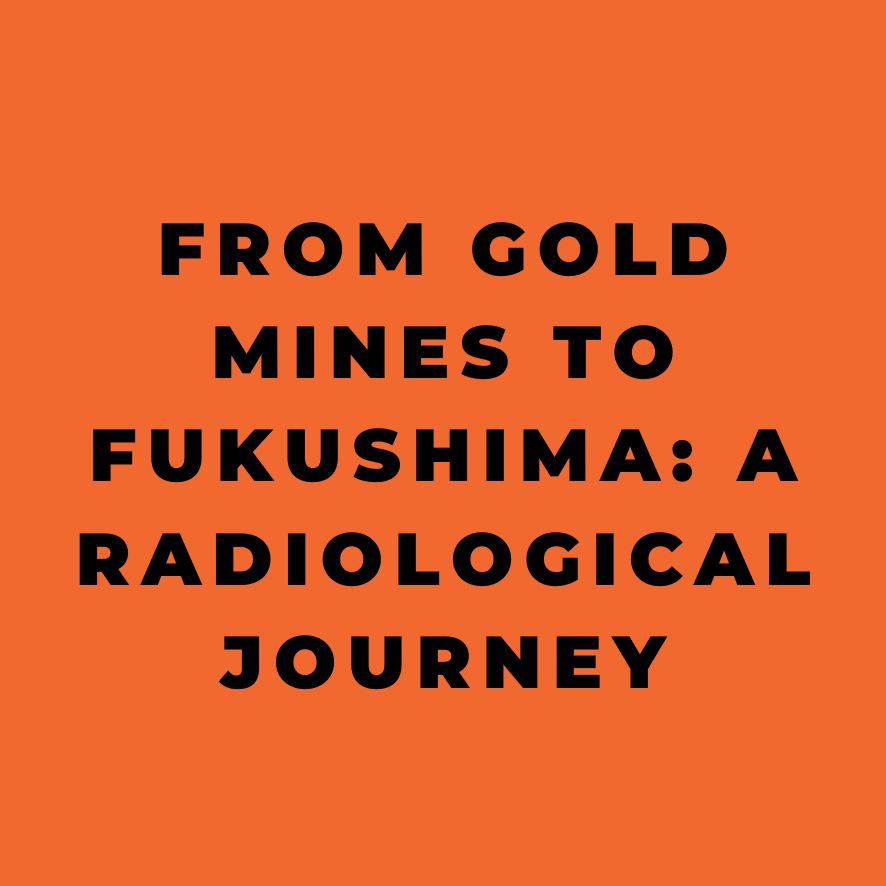Hi, Dr. Zoomie! It sounds like you’ve been around the block a few times and seen a bit. I was wondering if you could tell us some of the more interesting experiences you’ve had or places you’ve visited as a result of your work.
What a kind way of saying I’m turning into an old fart! But, if that’s my lot in life, I guess I could do worse. And – yeah – I have seen a bit over the years, including a few things here and there that just made me go “Huh?” or “Yikes” or “Damn!” Here are some that come to mind….
A fun one was when I got to see what it looks like when 83 tons of ANFO (ammonium nitrate, fuel oil) explosive is used to blast an acre of rock to a depth of 35 feet. That was at a gold mine; I was there to give some training and they were doing a blast in the afternoon of the first day of class. I was a mile away – the closest we were allowed to approach – and when the shot took place, I could see the surface of the rock start to ripple as dust shot out of the boreholes, blanketing the mine.
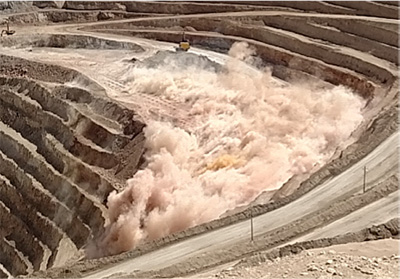
To give a sense of scale for the photo here, each “step” is 35 feet high and the holes are more than a foot across. Radiation and radioactivity had nothing to do with the blast itself, but the mine used radioactive sources to let them know if a chute was clogged by rocks (the rock blocked a radiation beam, causing measurements to drop and sounding an alarm). So the radiation wasn’t very exciting, but it got me to a place where I could see a very cool explosion and learn about mining gold. Other, similar projects have given me the opportunity to work with an oilfield service company, companies that make brakes and other parts for aircraft, research laboratories, the Panama Canal, and many more – none of which I’d have had a chance to experience otherwise.
Another great experience was serving on a committee to look at the health effects of being in a tank that was attacked by depleted uranium munitions – we were trying to determine if the depleted uranium munitions or the depleted uranium in the armor of some tanks might affect the health of the crew members. What really got my attention was one briefing we got from the Army, who had set up to sample air inside the tank while hitting it with a few DU rounds to see how much DU dust was in the air and how quickly it settled out. We saw a video from the inside of the tank – when the rounds hit it went black and, for a second or so all we could see were “fireflies” bouncing around the interior. My guess was that, since uranium is pyrophoric, these were likely tiny, flaming fragments of uranium ricochetting around the tank…and it made me really glad to have served in submarines. A few years later I was teaching a radiation safety course at Camp Arifjan in Kuwait – driving past the lots where damaged tanks and other vehicles were being stored gave me even more reason to be happy with my choice of service.
Visiting Iran was one of the most surprising trips I’ve taken – I was there in the year 2000 to give a talk about some of my research, after which we spent a day in the city of Ramsar, measuring some of the highest natural radiation levels on our planet. I’ve given a lot of talks and visited a lot of large cities, so the conference itself wasn’t an earth-shattering experience. But the Iranian people we met were some of the nicest and friendliest I’ve met anywhere.
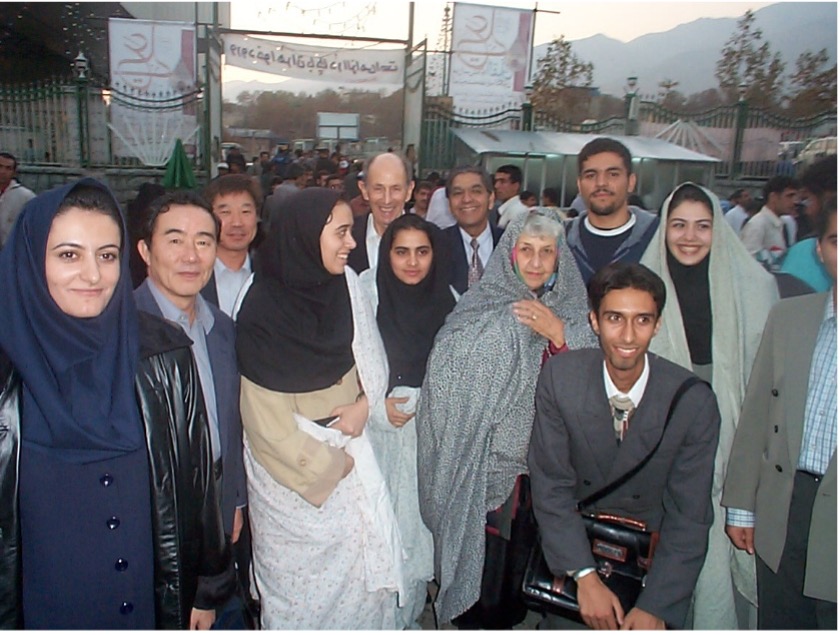
And the trip to Ramsar was a great way to end the week – we measured radiation levels while walking along a street, visiting a park, and surveying a playground; they were high enough that, at any licensed facility, access would have to be controlled to keep members of the public out. There was also a private home we visited – it was made of the local rock, which contained so much radium that parts of one room would have required posting as a radiation area. And all of that in the shadows of the Elburz Mountains and near the shores of the Caspian Sea. Good food too!
The time I spent in Japan following the Fukushima accident is likely the hardest I’ve worked in many years, and was also among the most rewarding professional experiences I’ve had. We spent a few days in the areas affected by the tsunami and deposition of radioactivity from the plume, visiting hospitals and shelters as well as neighborhoods inundated by the waves, then we provided training to hundreds of physicians and emergency responders from around Japan on how to properly care for contaminated patients. It was a grueling experience and, at the end of nearly two weeks of long days we were physically and emotionally exhausted. But I’m glad I was able to be there.
And then there was the day I got a call from a buddy telling me he was in the area and was going to drop off something he’d stumbled across. I was in the field so I missed him when he stopped by; when I got back there was a grimy shiny thing in a plastic bag on my desk – it looked like it had been fished out of a garbage can. Which turned out to be close to the case – my buddy worked for the Department of Sanitation, and the object had triggered radiation alarms on one of their trucks. I cleaned it up and did a nuclide ID, showing it was contaminated with Co-60. This was in 2014, making me suspect it was from a batch of stainless steel contaminated with Co-60 in India in 2010. I still have this; even after more than a decade and two half-lives of decay it’s still hot enough to use for training.
This sort of thing has happened a few times, by the way – just a few years ago I got another call from Sanitation telling me about another object that had triggered their alarms. This one was a large porcelain crock; once I got it cleaned up I identified Ra-226 and was able to read the label – it’s an Revigator, used to infuse radioactivity into drinking water for one’s health, back in the 1920s. Mine is a little worse for the wear, but Ra-226 has a long half-life (about 1600 years) so I’m still getting readings of a few mR/hr on the inside.
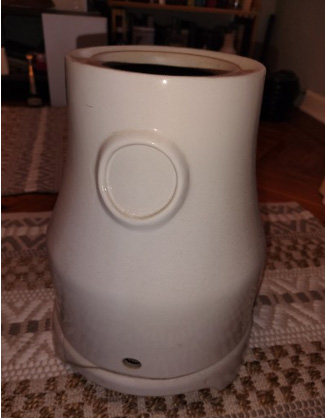
During my stints with state and local government most of my landfill calls were for radioactive adult diapers (I never did decide if I prefer visiting landfills in the summer when it isn’t cold or in the winter, when it doesn’t stink) – I prefer the Revigator and soap dispenser.
The other thing that comes to mind is my professional “volunteer” work. Over the years I’ve been lucky enough to make trips on behalf of my professional organization, the International Atomic Energy Agency, and Interpol, as well as helping to write or update some reports and guidance documents put out by some pretty respected organizations. I didn’t get paid for anything except for travel expenses for any of this work, but neither did they cost me anything other than my time.
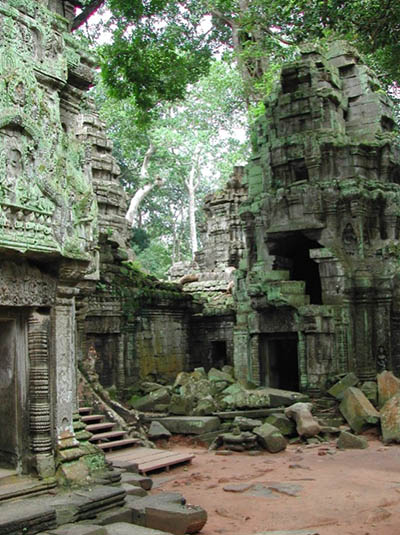
And each one was a great experience – the opportunity to work on fascinating projects with a lot of smart people and, in some cases, the work took me to places I’d not otherwise have had a chance to visit – Cambodia, Cyprus, Lithuania, Uruguay, Georgia, and Paraguay come to mind. I put a lot of time and effort into the classes I taught, the guidance I helped research and write, and the other work I did – but this sort of thing is as gratifying as any of my paid work.
I could keep going (and going, and going, and…), but this seems a good place to stop. So let me just say that I’ve been lucky to have found a career field that’s just about perfect for me – I can use scientific and technical knowledge from a wide range of fields, I’ve had a chance to travel quite a bit, to learn continually, and to work with some great people. What could be better?
